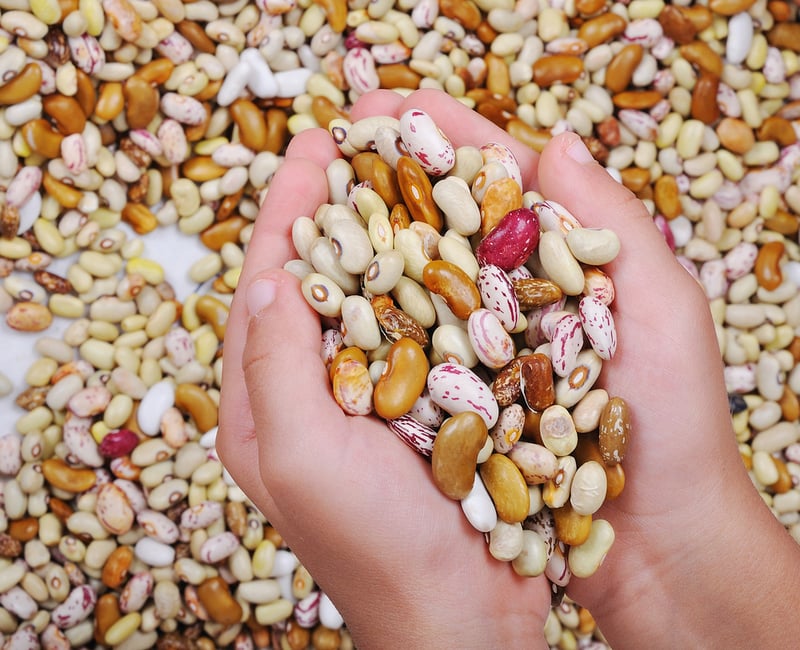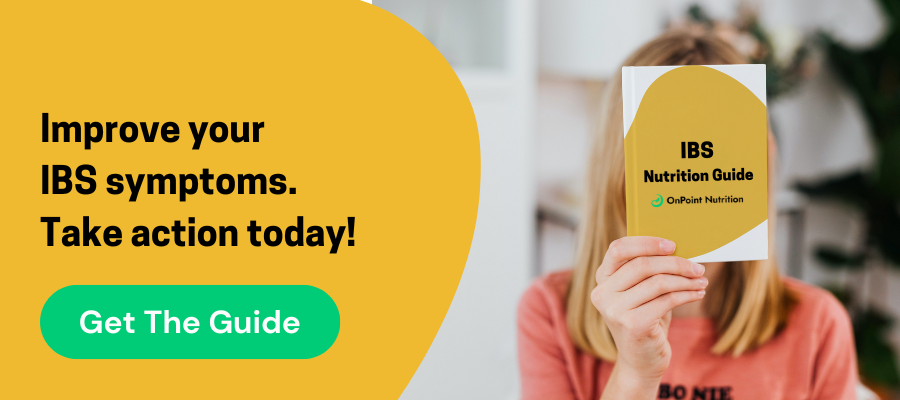
If you have been diagnosed with IBS you may have also been told what IBS subtype you have. While an IBS diagnosis is considered the “umbrella term” that spans all types of IBS, there are three subtypes that better describe the nature of your condition. The three IBS subtypes are IBS-D, IBS-C, and IBS-M.
Although each IBS subtype has unique identifiers, most symptoms are shared. In order to properly treat your condition, you must know which IBS subtype you have. We will explore the similarities and differences of each IBS subtype below.
IBS-C
IBS-C, or constipation-predominant IBS, is accompanied by frequent constipation. Constipation, by definition, is having fewer than 3 bowel movements per week or difficulty emptying bowels. Constipation is usually associated with hardened feces.
IBS-D
IBS-D, or diarrhea-predominant IBS, is a type of IBS accompanied by chronic diarrhea. Diarrhea, by definition, is having frequent, loose, watery stools. People with IBS-D commonly experience abdominal pain that is relieved by defecation.
IBS-M
IBS-M, or IBS-mixed bowel, is a type of IBS identified by alternating bouts of diarrhea and constipation. People with IBS-M will commonly experience constipation for a few days at a time and then diarrhea for a few days at a time with no strict pattern.
Shared symptoms between IBS-C, IBS-D, and IBS-M
- Abdominal pain
- Cramping
- Bloating
- Mucus in the stool
- Excess gas
- Fatigue
- Trouble Sleeping
- Anxiety and Stress
Differences between IBS-C,IBS-D, and IBS M
The difference between the IBS subtypes is the predominant bowel habit of each condition. All other IBS symptoms are typically shared. However, knowing what subtype you have, and therefore, what predominant bowel habit you experience, can provide direction in treating your condition.
Treatment approaches for each IBS subtype
While IBS treatment can be complicated and multi-faceted, the best place to start is to address your altered bowel habits. Many times, numerous factors contribute to changes in bowel habit and IBS symptoms.
However, when managing specific bowel patterns, adjusting dietary fiber intake is the best place to start. Your bowel habit can determine how much or what type of dietary fiber you need in your diet.
For example, if you experience chronic diarrhea, you may want to reduce your fiber intake slightly or alter the type of fiber that you’re eating. This can help your bowels move a little bit slower and normalize your bowel frequency.
The best fiber for IBS-D is soluble fiber, as it helps relieve diarrhea. High soluble fiber foods for IBS-D are listed below.
- Avocado
- Banana
- Blueberries
- Brussels sprouts
- Carrots
- Chickpeas
- Eggplant
- Green beans
- Lentils
- Oatmeal
- Oranges
- Peanuts
- Potatoes with the skin
- Raspberries
- Zucchini
On the other hand, if you experience frequent constipation, you may need to increase your overall fiber intake or increase your insoluble fiber specifically. Increasing your dietary fiber can help move your bowels more frequently and in turn will help soften your stool.
The best fiber for IBS-C is insoluble fiber, as it helps relieve constipation. High insoluble fiber foods for IBS-C are listed below.
- Whole grains
- Nuts
- Beans
- Cauliflower
- Green peas
- Potatoes
- Cooked prunes
- Dark leafy greens
- Blackberries
- Unpeeled apples
If you have IBS-M, try moderating your fiber intake with a consistent balance of insoluble and soluble sources. This “moderate” range differs from person to person, but IBS-M is often caused by short periods of high fiber intake of fiber followed by periods of time with a small intake of fiber.
An example of this pattern would be eating a lot of fruits and vegetables Monday through Friday and eating high fat, low quality foods during the weekend. This drastic change may cause your bowels to swing from constipation to diarrhea very quickly.
Because each person’s IBS symptoms are different, IBS-C, IBS-D, and IBS-M can take time to treat properly. While we’ve listed some generic recommendations on how to treat your condition here, you may need to enlist the help of a professional for a more in-depth approach.
If you’re having trouble managing your IBS, we recommend working with a dietitian. Learn more about how a dietitian can help with IBS.
To read more about foods to avoid, foods to eat, and how to make easy changes to your IBS diet to mitigate your symptoms, download our IBS Nutrition Guide.
Topics

Kaitlyn Willwerth is a Registered Dietitian at OnPoint Nutrition. Kaitlyn's work focuses on providing individualized health and lifestyle coaching and, most importantly, support. She is a Certified LEAP Therapist and has also completed the Monash University 'Low FODMAP Diet for IBS' online training course for health professionals.




